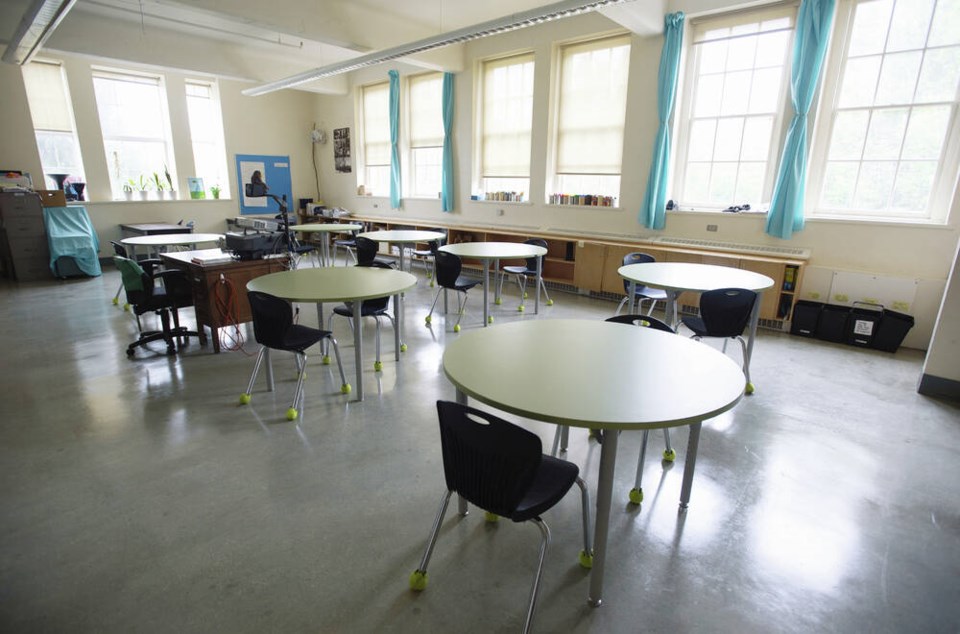There is growing evidence that efforts to combat the COVID outbreak have had damaging effects on school children. In particular, school closures and social distancing requirements appear to have impeded both educational and social development.
The New York Times reports that the school closures in the United States may prove to be the most ruinous disruption in the history of American education.
Student progress in math and reading has been set back two decades, while a quarter of all K-12 students remained chronically absent from school, even after the crest had passed.
Social distancing has also taken a toll, in this case on children’s mental health. The U.S. Centers for Disease Control report that more than 40 per cent of high school children still have persistent feelings of sadness and hopelessness, 22 per cent have seriously considered suicide, and 10 per cent have attempted suicide.
The presumption is that the combined effects of these measures will materially damage America’s social structure for many years to come.
Where does Canada stand?
Fortunately, we had fewer school closures than some American states.
In B.C., when the pandemic struck, K-12 students were sent home for a minimum of 10 weeks. At the other end of the national experience, schools in Ontario were closed for a minimum of 27 weeks.
Here too, while education ministries across the country generally do a poor job reporting student progress, the evidence is strongly suggestive. In Ontario, math scores in Grade 9 fell from 75 per cent before the pandemic, to just 52 per cent following the closures.
In Alberta, scores declined across all tested subjects, though the impact was less severe than in Ontario.
In B.C., Grade 7 kids saw their numeracy scores fall by around 10 per cent, and their literacy scores by around six per cent.
Regrettably, when it comes to school absenteeism, we have even fewer numbers to work with.
The Winnipeg school division reports that absenteeism reached 20 per cent following the school closures. One board in Ontario found its absenteeism rate climbing from between three and four per cent before the closures, to between eight and 14 per cent after.
Here in B.C., the Education Ministry can’t say what our absenteeism rates are. They hope to have a report some time in 2024.
How can this be? School attendance is the most important determinant of academic progress.
There are better numbers on the impact of social distancing.
Between 2020 and 2021, pediatric emergency visits for suicide attempts rose 22 per cent across the country. Girls were more likely than boys to end up in emergency departments suffering severe mental stress.
And only 40 per cent of Canadian youths aged 15 to 24 reported having very good or excellent mental health after the pandemic arrived, compared to 62 per cent beforehand.
Now COVID was an entirely new ailment, the destructive power of which could not be foreseen. Public health leaders had a duty to act.
Yet they also owed it to the country’s children to think more deeply about the impact of school closures and social distancing before proceeding.
There is a good body of research on the factors that impair childhood social development. It all cautions against the policies that were in fact implemented.
Then there is the inexplicable failure of our country’s education ministries to maintain up-to-date surveillance on school attendance and student outcomes.
If the New York Times can place precise numbers in front of its readers, our school system owes us no less.
The lesson to be learned here is that children are extremely vulnerable to the impact of social distancing and school closures. This must be factored into whatever is done to combat future pandemics.



